The Galaxy Z Fold3 5G is the latest iteration in the Samsung Z Fold series. With a 6.2-inch HD+ Dynamic AMOLED cover display, in addition to its main, 7.6-inch QXGA+ AMOLED display, it offers a rather unique form factor and some interesting productivity features.
In the photography department it packs a triple rear camera set up including standard, ultra-wide and telephoto lenses. All three cameras are fashioned around 12 MP sensors with either f/1.8 (standard), f/2.2 (ultra-wide) or f/2.4 (telephoto) aperture lenses. The tele lens offers a 2x optical zoom solution for punching in a bit tighter.
For video, the Z Fold3 5G records up to a maximum 4K resolution at 60 frames per second. With a price tag as sizeable as its screen real estate let’s see how the Samsung Galaxy Z Fold3 5G performed against the top devices in the Ultra-Premium price segment.
Key camera specifications:
- Primary: 12 MP sensor with f/1.8-aperture lens
- Ultra-wide: 12 MP sensor with f/2.2-aperture lens
- Tele: 12 MP sensor with f/2.4-aperture x2 optical lens
- Video: 4K at 60fps, 1080p at 240 fps, 720p at 960fps (4K/30fps tested)
- Qualcomm Snapdragon 888 chipset
About DXOMARK Camera tests: For scoring and analysis in our smartphone camera reviews, DXOMARK engineers capture and evaluate over 3000 test images and more than 2.5 hours of video both in controlled lab environments and in natural indoor and outdoor scenes, using the camera’s default settings. This article is designed to highlight the most important results of our testing. For more information about the DXOMARK Camera test protocol, click here. More details on how we score smartphone cameras are available here.
Test summary
Scoring
Sub-scores and attributes included in the calculations of the global score.
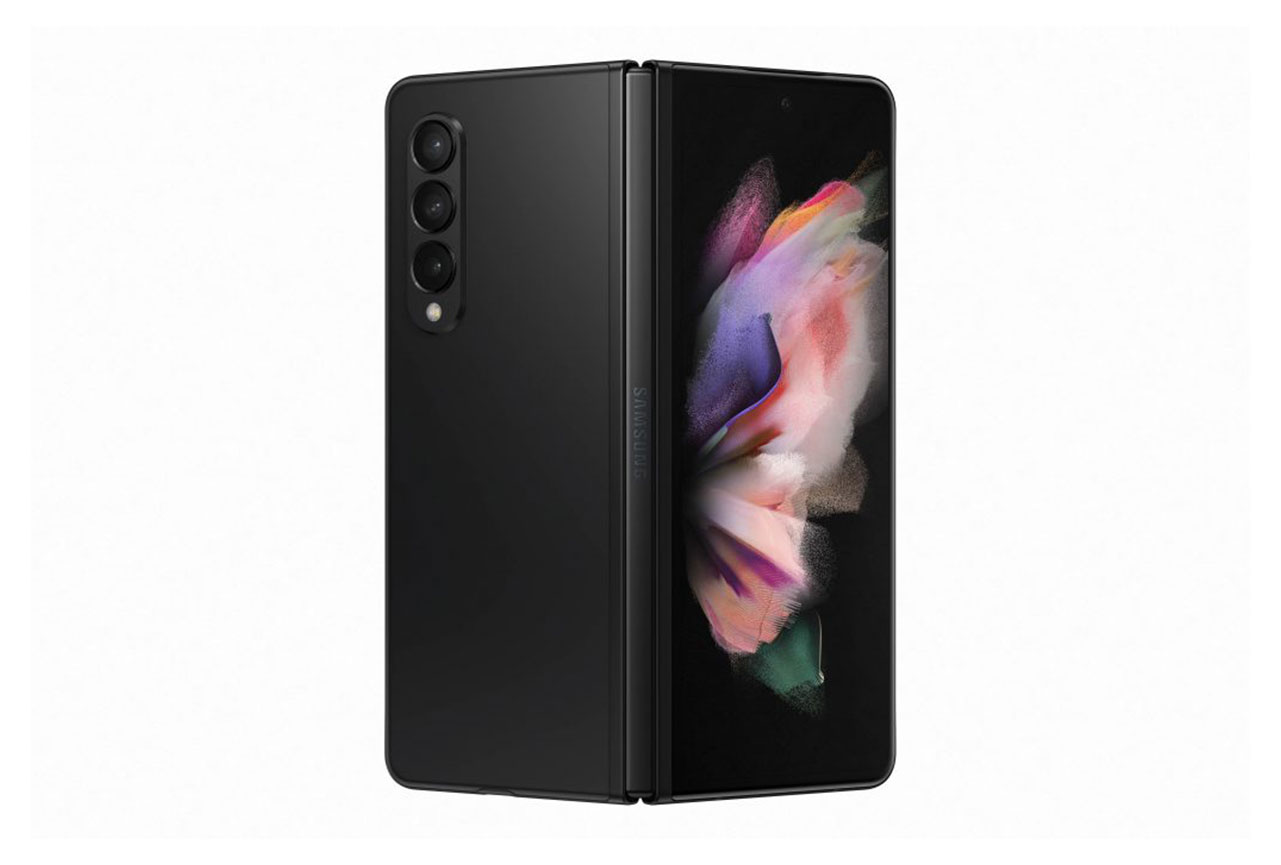
Samsung Galaxy Z Fold3 5G


Use cases & Conditions
Use case scores indicate the product performance in specific situations. They are not included in the overall score calculations.
Outdoor
Photos & videos shot in bright light conditions (≥1000 lux)
Indoor
Photos & videos shot in good lighting conditions (≥100lux)
Lowlight
Photos & videos shot in low lighting conditions (<100 lux)
Friends & Family
Portrait and group photo & videos
 106th
106th 76th
76thPros
- Accurate target exposure in most photos
- Bright color and neutral white balance in outdoor and indoor photos
- Well-controlled noise in most photos
- Good detail in close and medium-range tele photos
- Accurate exposure with smooth transitions in most videos
- Vivid and pleasant color in most videos
- Video autofocus is mainly accurate
Cons
- Highlight clipping sometimes visible on HDR scenes
- Low detail on indoor and low light photos
- Color fringing, ringing, and color quantization artifacts often visible in photos
- Color fringing, low detail, and anamorphosis artifacts visible in most ultra-wide photos
- Visible noise in low light videos
- Slow autofocus in low light videos
- High-frequency stabilization vibrations occasionally noticeable in videos
Despite camera specs between the Fold2 and Fold3 looking fairly similar on paper, better fine-tuning and the Snapdragon 888 chipset deliver big improvements on this latest model.
Achieving an overall DXOMARK Camera score of 124, it still lags a little behind top performers like the Huawei P50 Pro or iPhone 12 Pro Max in our ultra-premium ranking.
The Samsung Galaxy Z Fold3 5G captures bright and pleasant images with good exposure, wide dynamic range and vivid color.
For still photos, the Fold3 5G manages to hold its own against Samsung’s own S21 Ultra 5G (Snapdragon) though, and for the most part delivers accurate exposures with wide dynamic range, pleasant color, and neutral white balance.
The ultra-wide camera offers an incredibly wide field of view and although such a scope results in a loss of detail and a few artifacts towards the corners, overall the image quality is pretty good.
Equipped with a 2x optical tele lens, close and medium-range zoom shots are also of a high standard, but at long range the Fold3 5G can’t compete with the 10x periscope camera on the S21 Ultra 5G (Snapdragon).
Overall video performance is on a very similar level as the S21 Ultra. Video clips show good exposure with smooth adaptation in changing light conditions, colors are nice and the autofocus works mostly reliably but can slow down a little in low light. Video stabilization does a good job at counteracting camera shake.
Photo
Samsung Galaxy Z Fold3 5G achieves a Photo score of 134. In this section, we take a closer look at each sub-attribute and compare image quality against competitors.

Exposure and Contrast
Samsung Galaxy Z Fold3 5G
97
111
In these tests, we analyze target exposure, contrast, and dynamic range, along with repeatability across a series of images. Tests are undertaken in a wide range of light conditions, including backlit scenes and low light down to 1 lux. The score is derived from a number of objective measurements in the lab and perceptual analysis of real-life images.
Target exposures are generally accurate in most test conditions, but slight highlight clipping is evident in HDR shots. These samples show Samsung Galaxy Z Fold3 5G’s exposure performance in a high contrast scene.

Color
Samsung Galaxy Z Fold3 5G
105
107
In these tests, we analyze color rendering, skin tones, white balance, and color shading, along with repeatability across a series of images. The score is derived from a number of objective measurements in the lab and perceptual analysis of real-life images.
Colors are bright and pleasant with accurate white balance. These samples show Samsung Galaxy Z Fold3 5G’s color performance on the DXOMARK Camera chart in a very low light (5 lux) setting in the lab.

Autofocus
Samsung Galaxy Z Fold3 5G
96
109
In these tests, we analyze autofocus accuracy and shooting time as well as repeatability, in the lab. We test focus failures, depth of field, and tracking of moving subjects using perceptual analysis of real-life images.
This graph shows Samsung Galaxy Z Fold3 5G’s autofocus performance in low light (20lux) lab conditions.
In these tests we analyze texture on faces and objects, including objects in motion, in a range of light conditions, using several lab test setups and perceptual analysis of real-life images.
This graph shows Samsung Galaxy Z Fold3 5G’s texture performance in the lab under different lighting conditions.

Noise
Samsung Galaxy Z Fold3 5G
73
102
In these tests we analyze noise on faces and objects, including objects in motion, in a range of light conditions, using several lab test setups and perceptual analysis of real-life images.
Noise is generally well controlled and often an improvement on the Samsung S21 Ultra 5G (Snapdragon), but some residual noise is often visible in darker areas on high contrast scenes. These samples show the Samsung Galaxy Z Fold3 5G’s noise performance under indoor lighting.
For these tests, we switch to the camera’s bokeh or portrait mode and analyze depth estimation, bokeh shape, blur gradient, and repeatability, as well as all other general image quality attributes mentioned above. The score is derived from perceptual analysis of real-life images.
These samples show the Samsung Galaxy Z Fold3 5G’s bokeh simulation indoors.

Night
Samsung Galaxy Z Fold3 5G
49
82
In these tests, we shoot a selection of images in pitch-black darkness as well as with city lights in the background providing some illumination. We shoot sample images with the camera at default settings in both flash-auto and flash-off modes. We analyze all image quality attributes but we pay particular attention to exposure, autofocus, and color. We do not test night modes that have to be activated manually.

Artifacts
Samsung Galaxy Z Fold3 5G
71
77
In these tests, we check images for optical artifacts such as vignetting, flare, lens softness in the corners, distortion, and chromatic aberrations, as well as for processing artifacts such as ghosting and fusion errors, hue shift, and ringing.
Control of artifacts on the Samsung Galaxy Z Fold3 5G is similar to other high-end Samsung devices, with artifacts often slightly more visible compared to ultra-premium competitors. This sample shows hue shift and color quantization artifacts on a high-contrast scene.

Preview
Samsung Galaxy Z Fold3 5G
70
80
In these tests, we analyze the image quality of the preview image and the differences between preview images and captured images, particularly in terms of exposure, dynamic range, and bokeh effect. We also check the smoothness of the field-of-view changes in the preview image when zooming with both buttons or when using the pinch-zoom gesture.
These samples compare accuracy between the Samsung Galaxy Z Fold3 5G’s preview and final capture in a challenging high contrast scene.
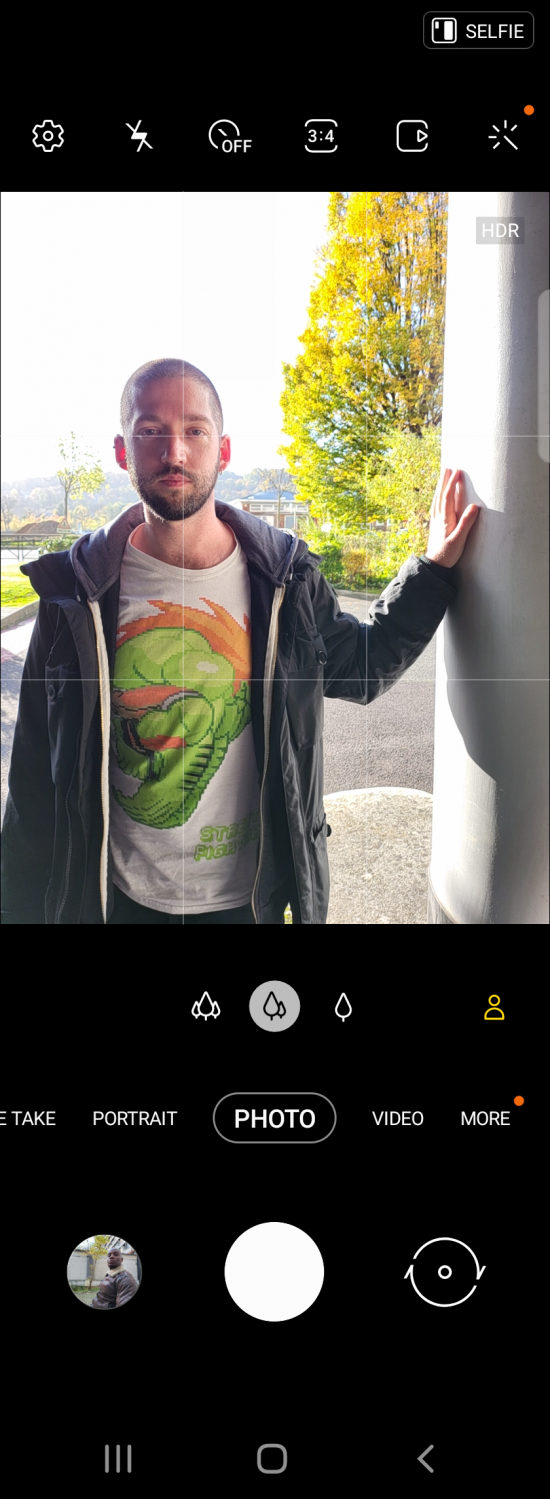
Zoom
Samsung Galaxy Z Fold3 5G achieves a Zoom score of 66. The Zoom score includes the tele and wide sub-scores. In this section, we take a closer look at how these sub-scores were achieved and compare zoom image quality against the competitors.

Wide
Samsung Galaxy Z Fold3 5G
47
58
In these tests, we analyze the performance of the ultra-wide camera at several focal lengths from 12 to 20 mm. We look at all image quality attributes, but we pay particular attention to such artifacts as chromatic aberrations, lens softness, and distortion.
Target exposure is generally accurate in ultra-wide shots, but the level of detail can be low and artifacts in the outer field are often visible. These samples show the performance of the Samsung Galaxy Z Fold3 5G’s ultra-wide camera in outdoor conditions.

Tele
Samsung Galaxy Z Fold3 5G
79
140
In these tests we analyze all image quality attributes at focal lengths from approximately 40 to 300 mm, paying particular attention to texture and detail. The score is derived from a number of objective measurements in the lab and perceptual analysis of real-life images.
These samples show Samsung Galaxy Z Fold3 5G’s tele performance using a close-range zoom setting outdoors.
Video
In our Video tests, we analyze the same image quality attributes as for still images, such as exposure, color, texture, and noise, but we also include such temporal aspects as speed, smoothness, and stability of exposure, white balance, and autofocus transitions.
NOTE: The sample video clips in this section are best viewed at the highest resolution available.
Samsung Galaxy Z Fold3 5G achieves a Video score of 103. A device’s overall Video score is derived from its performance and results across a range of attributes in the same way as the Photo score. In this section, we take a closer look at these sub-scores and compare video image quality against competitors.

Exposure and Contrast
Samsung Galaxy Z Fold3 5G
94
118
These video stills show the Samsung Galaxy Z Fold3 5G’s video exposure performance indoors.

Color
Samsung Galaxy Z Fold3 5G
98
107
These video stills show the Samsung Galaxy Z Fold3 5G’s color performance in low light.

Autofocus
Samsung Galaxy Z Fold3 5G
89
109
These video clips show the Samsung Galaxy Z Fold3 5G’s autofocus accuracy indoors.

Texture
Samsung Galaxy Z Fold3 5G
79
99
This graph shows the Samsung Galaxy Z Fold3 5G’s video texture measurements in the lab.

Noise
Samsung Galaxy Z Fold3 5G
70
105
This graph shows the Samsung Galaxy Z Fold3 5G’s video noise performance under different lighting conditions in the lab.
These video stills show the Samsung Galaxy Z Fold3 5G’s high level of noise in low light.

Artifacts
Samsung Galaxy Z Fold3 5G
73
85
For video artifacts, we check for the same kinds of artifacts mentioned in the Photo section, along with such video-specific artifacts as frame rate variation in different light conditions, judder effect, and moving artifacts (artifacts such as aliasing, color quantization, and flare can often be more intrusive when moving than in a still image).
This video still shows hue shift near saturation on the Samsung Galaxy Z Fold3 5G.

Stabilization
Samsung Galaxy Z Fold3 5G
95
103
In these tests, we analyze residual motion when handholding the camera during recording, as well as when walking and running with the camera. We also look for stabilization artifacts such as jello effect, sharpness differences between frames, and frame shift (abrupt changes of framing).
These video clips show the Samsung Galaxy Z Fold3 5G’s stabilization performance in an indoor setting.


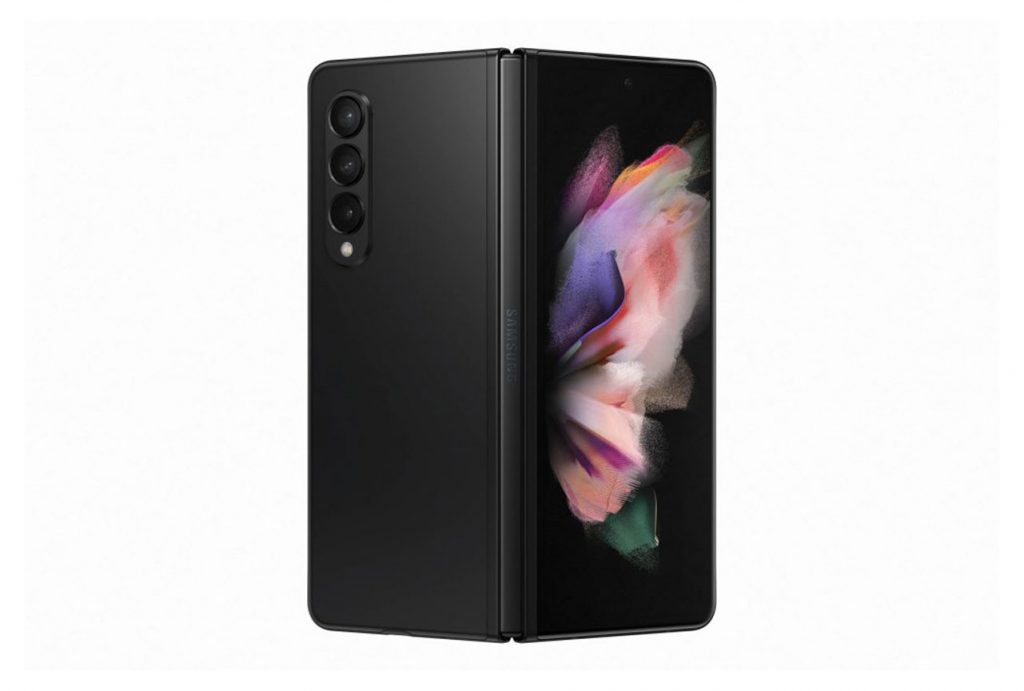
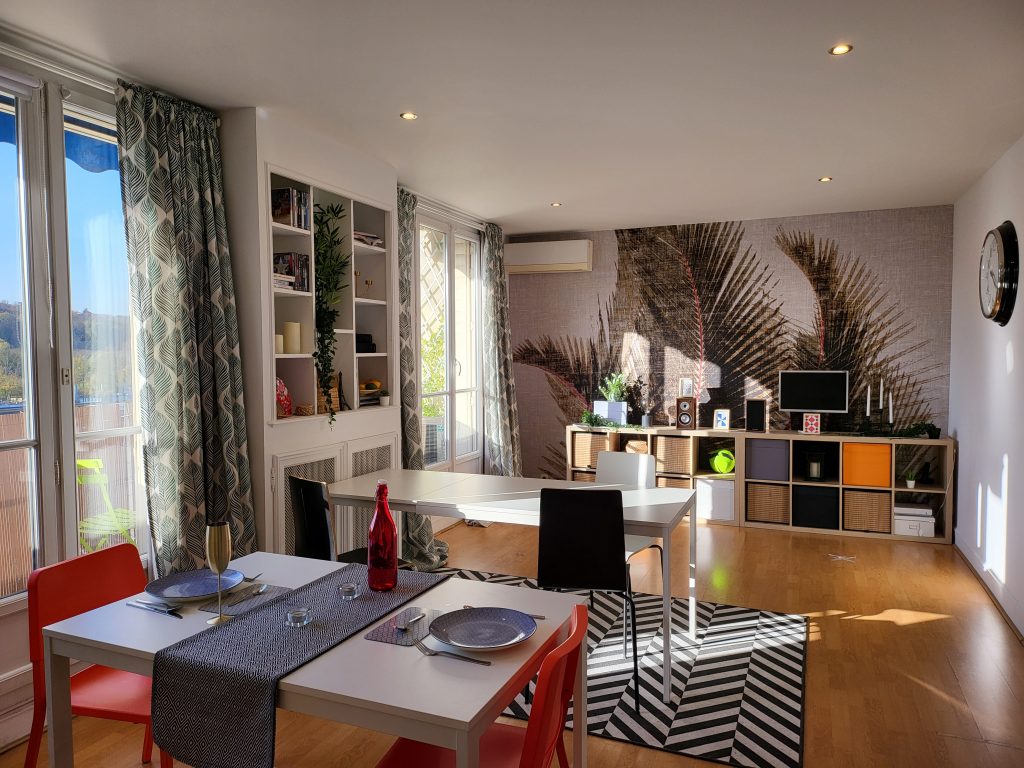
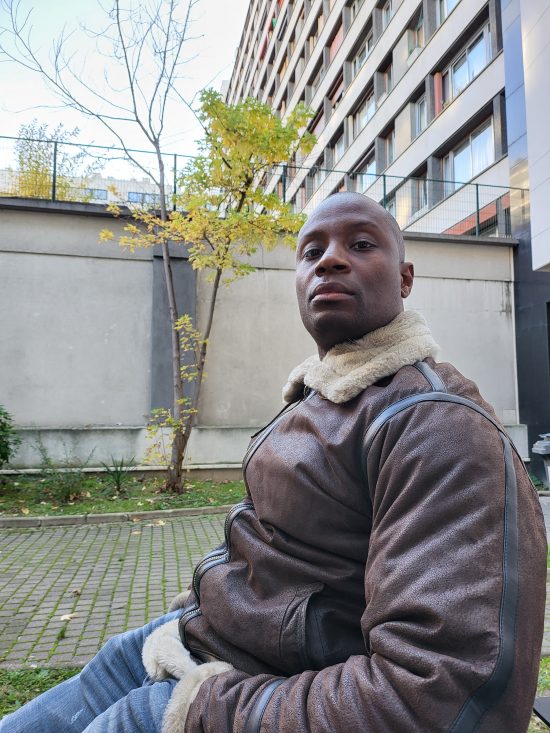
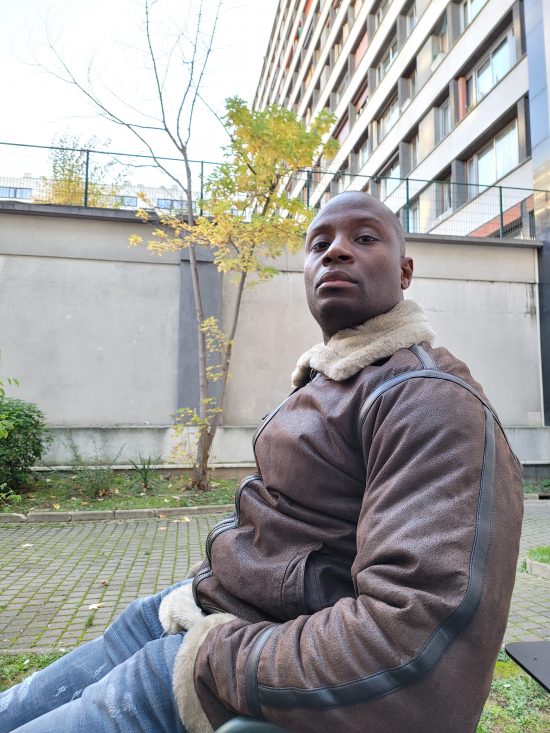
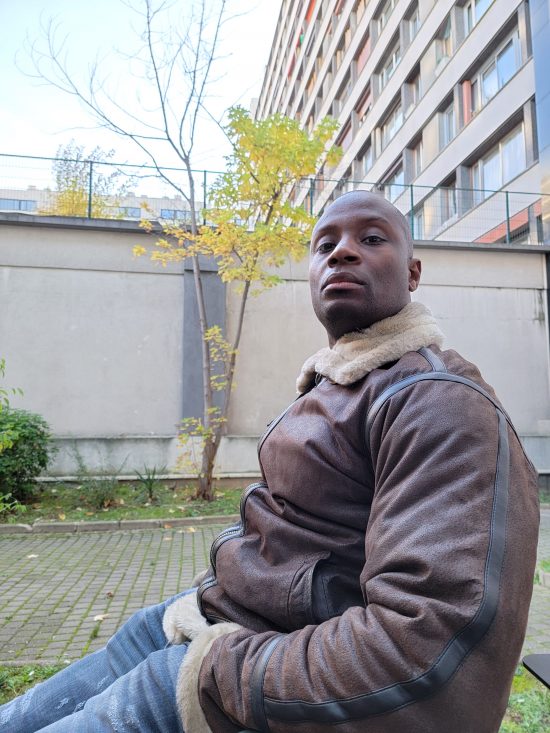
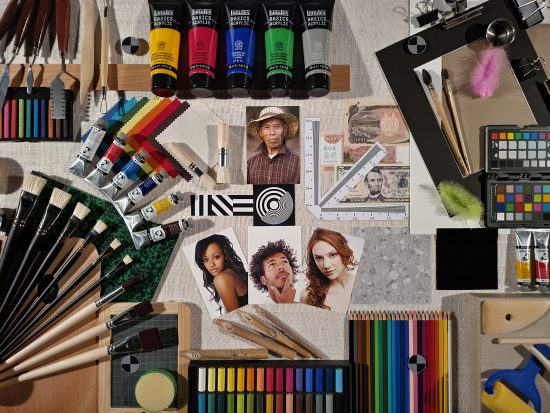
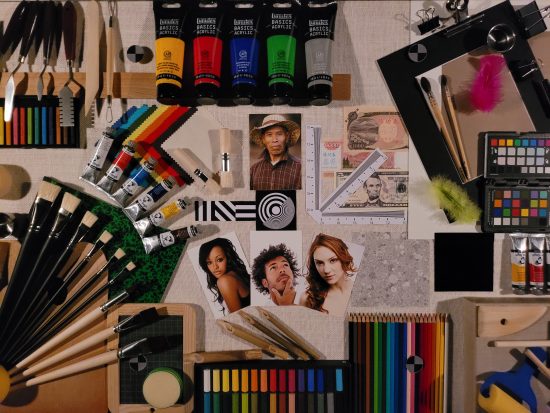
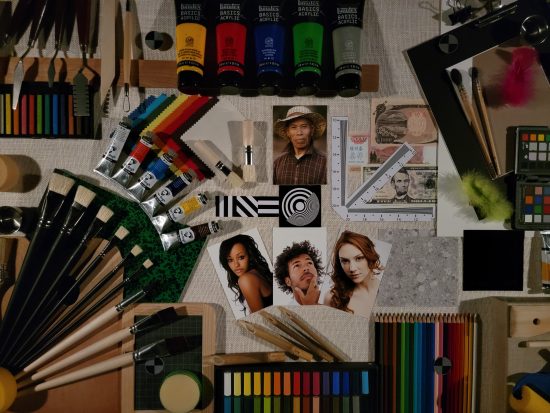
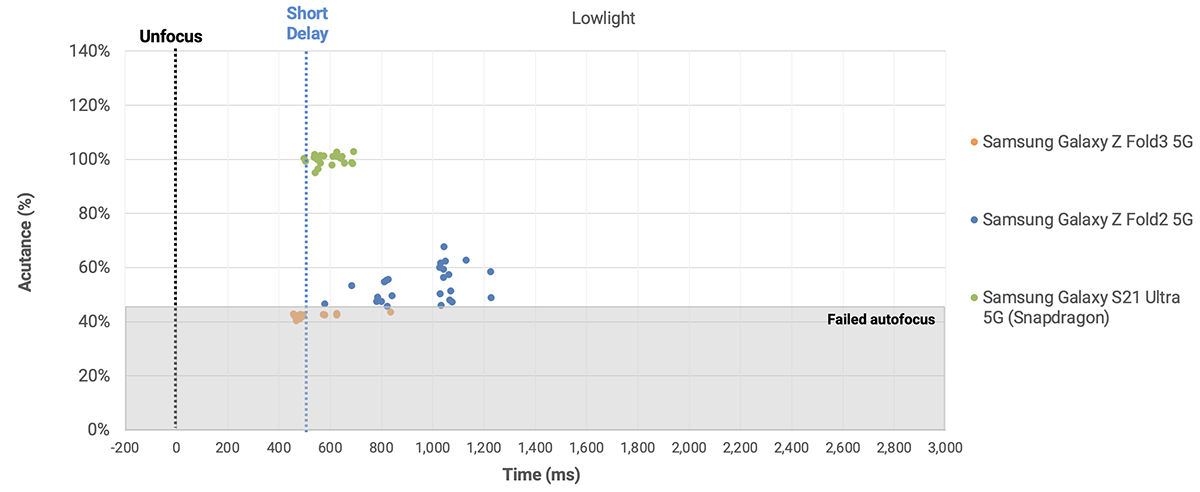
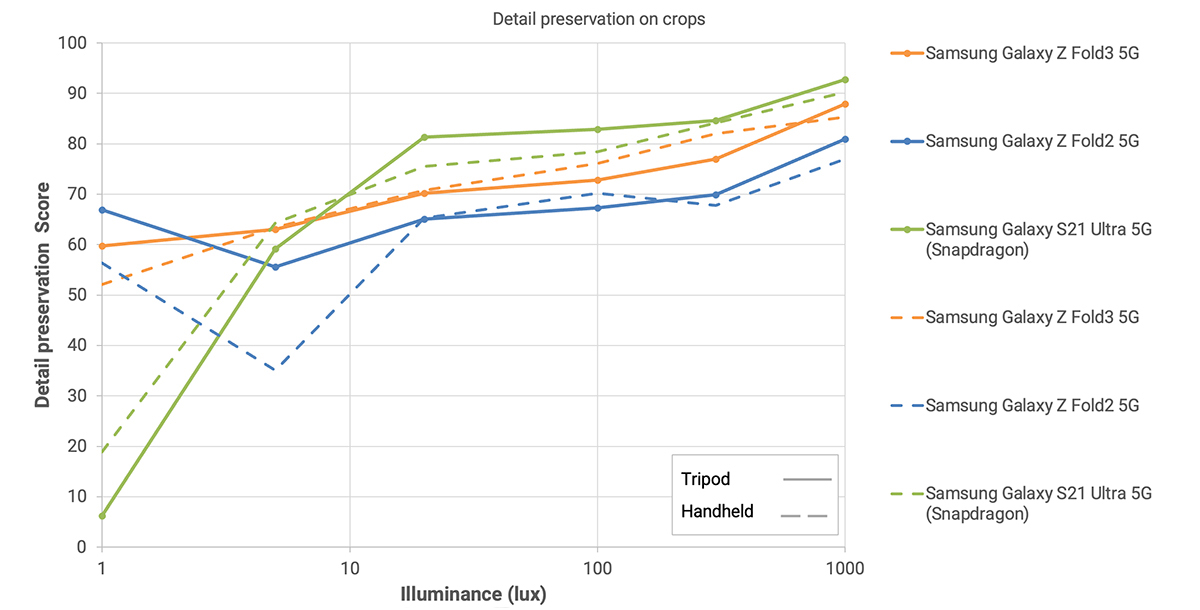
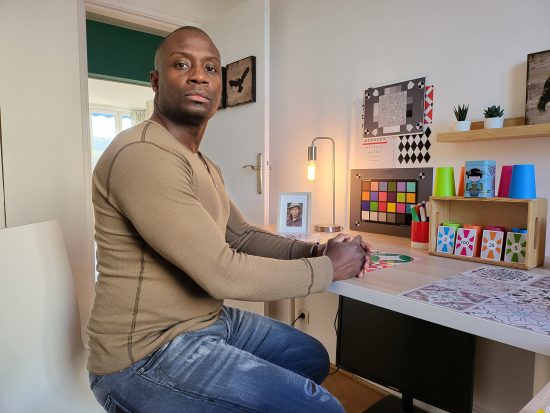
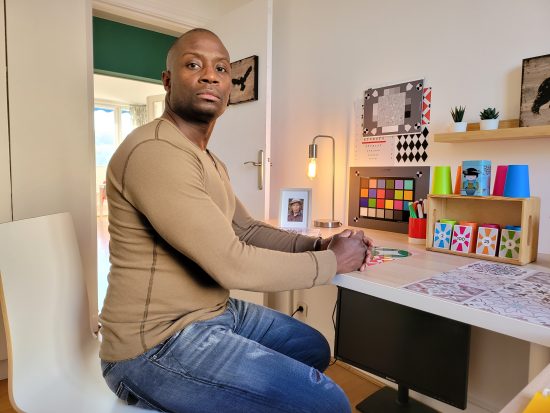
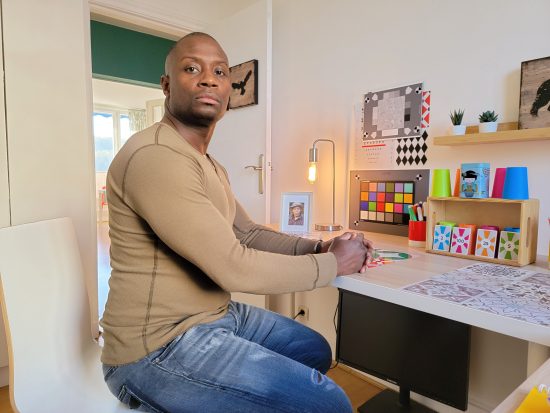





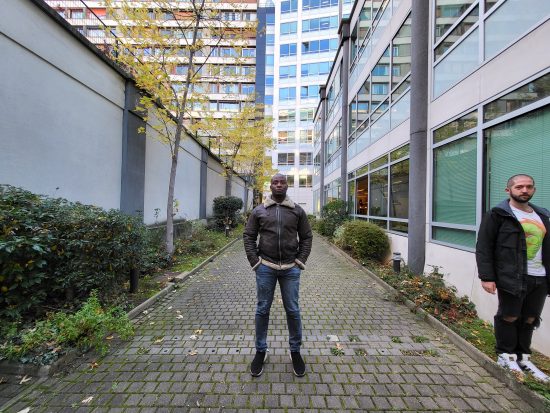
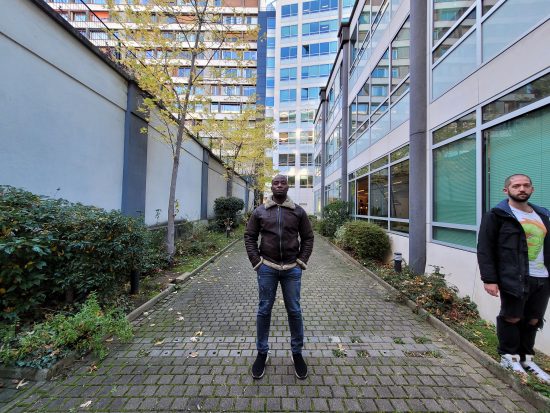
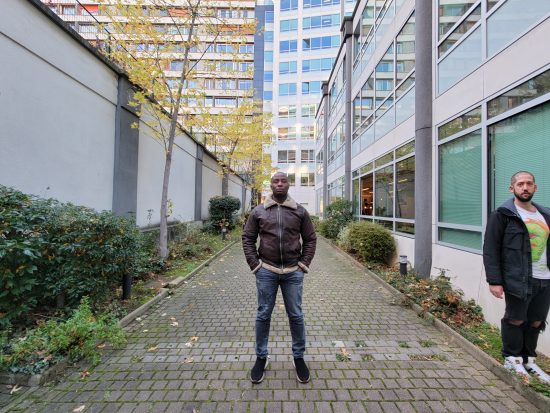

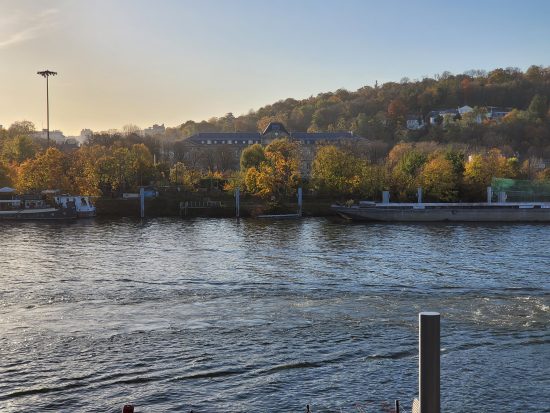

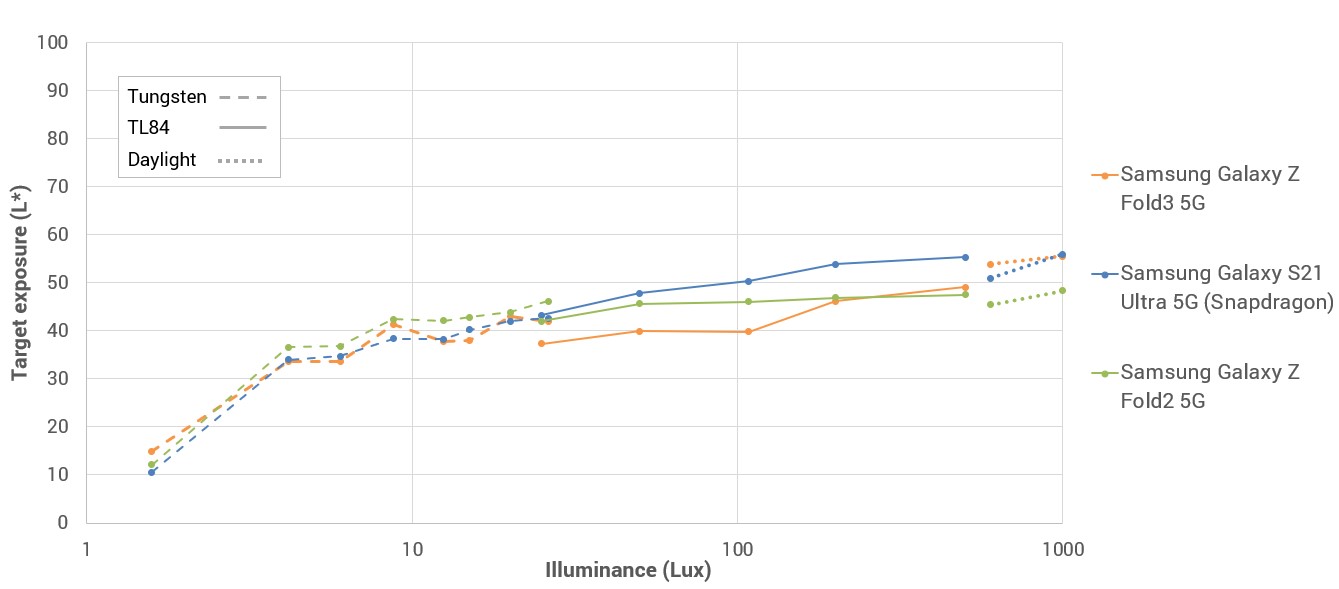
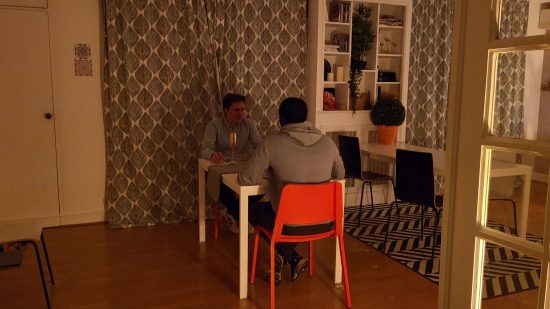
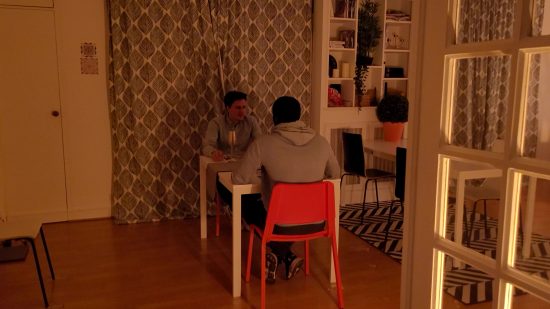
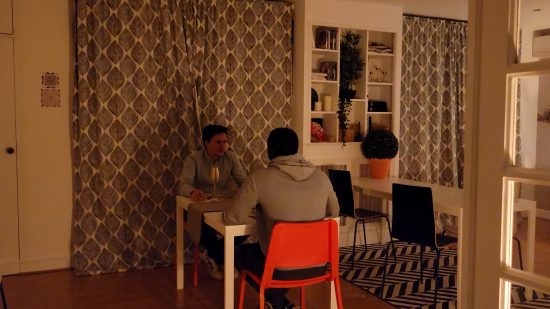




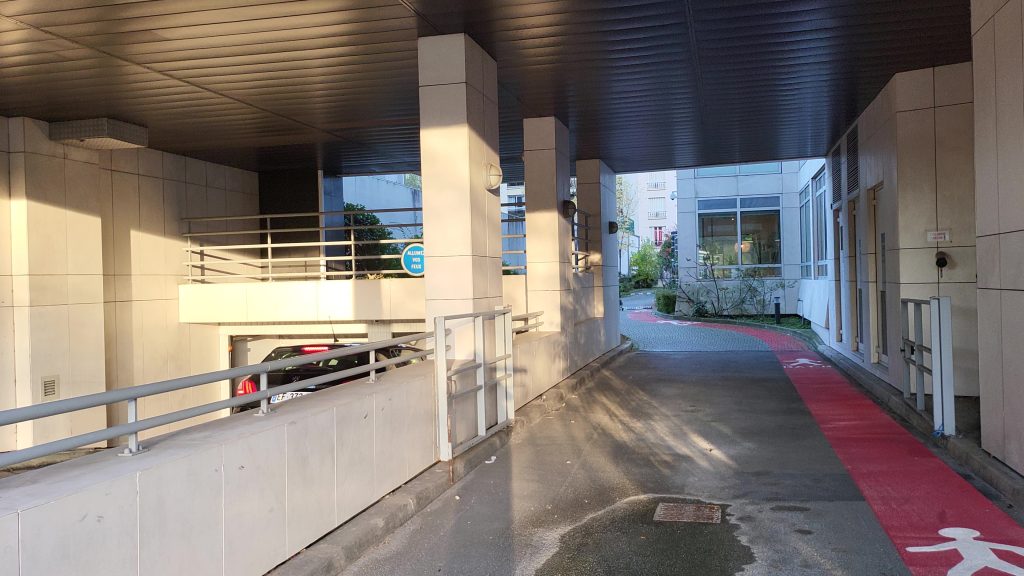
DXOMARK encourages its readers to share comments on the articles. To read or post comments, Disqus cookies are required. Change your Cookies Preferences and read more about our Comment Policy.